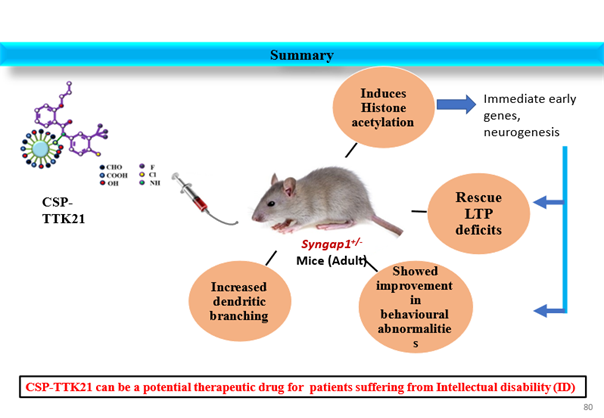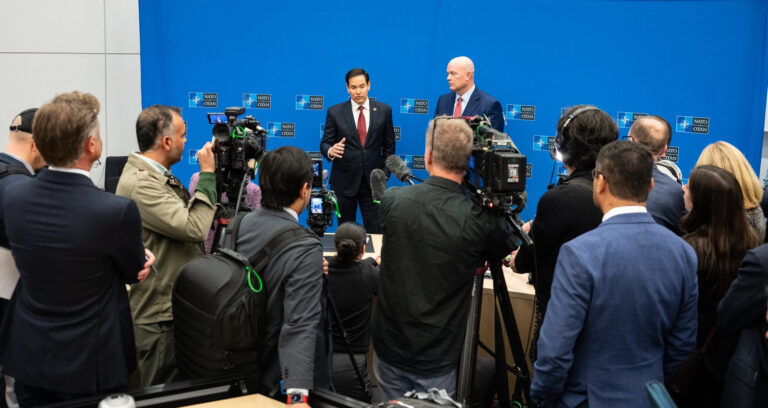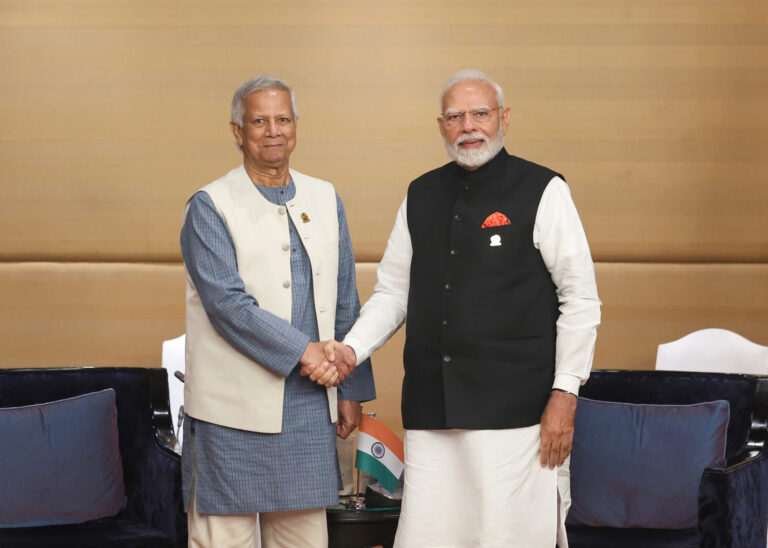
COVID-19 Notes
 By Dr Satish K Gupta*
By Dr Satish K Gupta*
Hong Kong was a poster boy of pandemic control success in the past two years. Having gone through SARS, it oozed confidence in managing pandemics. By the end of 2021, the city of 7.5 million had recorded only 12,650 cases and fewer than 220 deaths.
The success justified the government’s adherence to the mainland’s “dynamic zero Covid” strategy, but the city was brought to its knees with the arrival of the highly transmissible Omicron variant. The number of reported cases soared to more than 66,000 in just a couple of months. Complacent poor vaccination and highly transmissible Omicron turned tables and cases started rising exponentially.
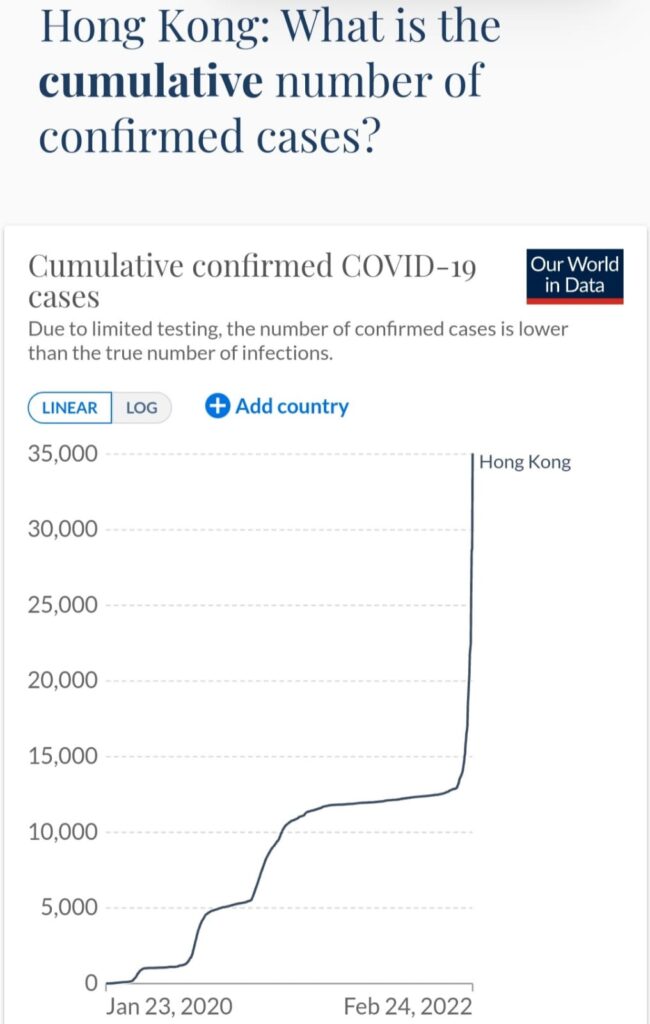
Hong Kong recorded a new high of nearly 22,000 Covid-19 infections reported on February 24, 2022. This was too high for a nation of 7.5 million population in a single day.
How did it start?
The first local Omicron cases linked to two Cathay Pacific flight attendants who breached Covid rules in late December 2021. Then a larger cluster emerged in a quarantined hotel and then it became a community transmission.
Policy Change
Earlier, Hong Kong was pursuing a Zero-Covid strategy and made it mandatory for all the infected regardless of symptoms to get admitted to Government Hospital for 14 days but this soon overwhelmed the health infrastructure. Long queues could be seen outside the hospital with people waiting out in cold. Strike by front-line workers further added to woes.
The situation came at a time when most countries were reducing restrictions and allowing people with mild or no symptoms to remain at home.
“The whole world knows we have to live with the virus, only the Hong Kong government does not know,” were the kind of remarks in circulation.
Rising caseload with imploding health facilities, growing public unrest and frowning forced the Hong Kong government to drastically change its tracking testing strategy and the goverment started relying on self-test kit results, and home quarantine rather than pushing government nose everywhere.
According to projections by the University of Hong Kong (HKU), the city will see a peak of more than 180,000 new cases daily by mid or late March.
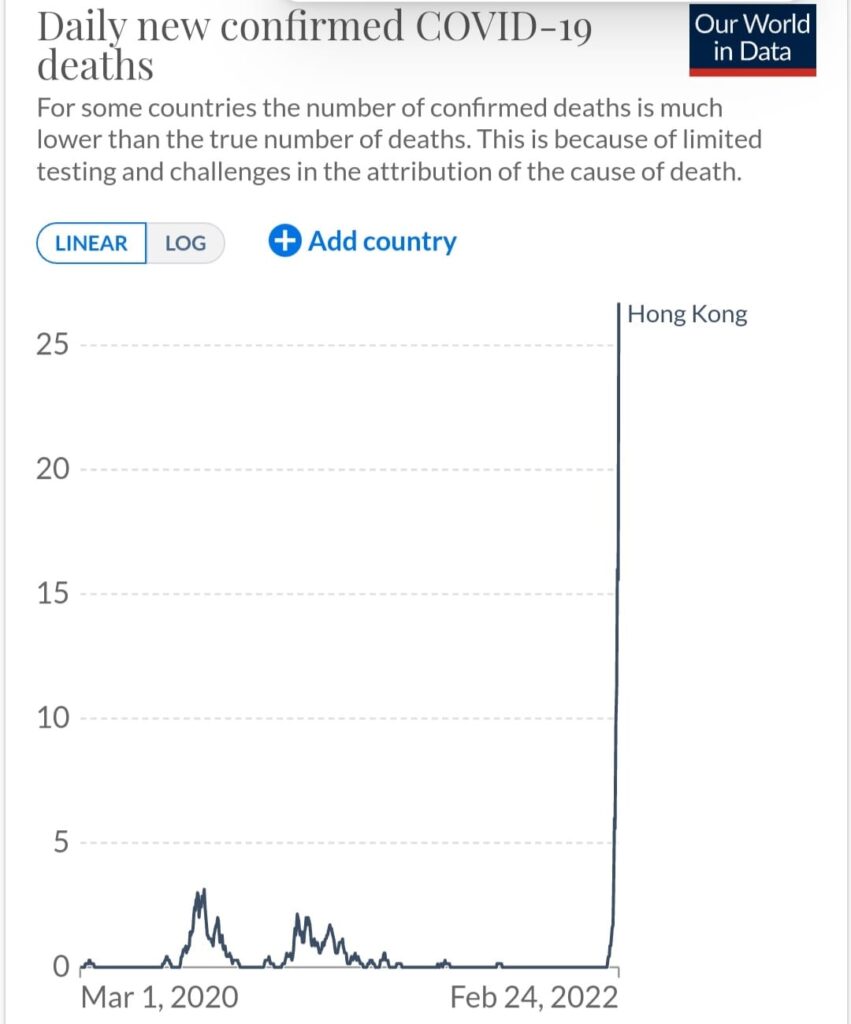
What led to the current explosion of cases?
The key problem of the low vaccination rate among the elderly. Some 76.2% of those aged above 11 are fully vaccinated – but fewer than one-third of people aged 80 and above have had two jabs.
Very little Covid in Hong Kong all along made people complacent. Very few people knew people who had Covid or had died of Covid. So, the most important fear-driven force for vaccination was missing.
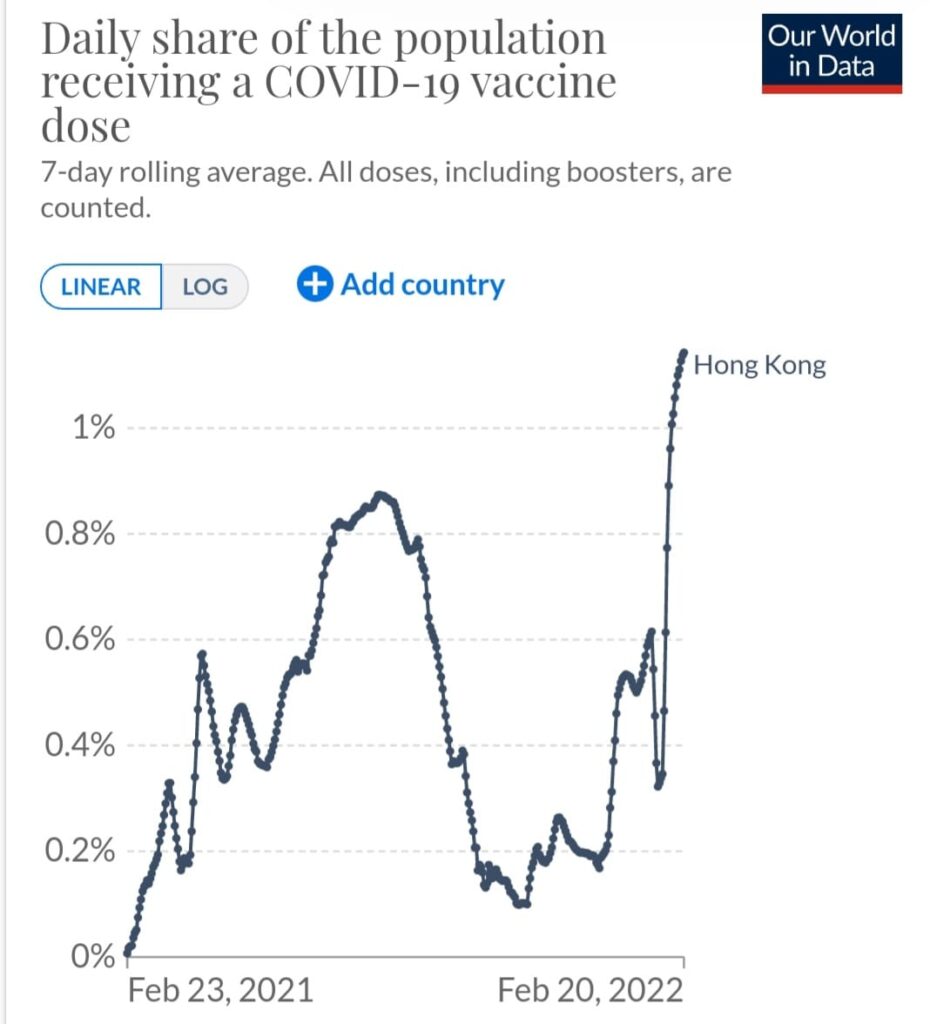
Vaccine hesitancy also took root in Hong Kong, in part driven by low trust in the authorities following the political unrest in recent years.
Hong Kong scored lowest in vaccine acceptance and effectiveness compared to five other territories, including Singapore, the UK and the US.
Also for months, authorities provided little incentive for people to get vaccinated, with little difference in the way they treated vaccinated and unvaccinated people.
Now officials are rolling out a vaccine pass, allowing vaccinated people to enter venues like restaurants and shopping malls.
Imploding health infrastructure might have made the government buckle in for now. It changed track to work out a long term strategy.
The government announced cash relief measures which include a handout of $10,000 Hong Kong dollars ($1,282) in consumption vouchers for 6.6 million residents, as well as loans, tax breaks and subsidies for struggling businesses. Property rate concessions, rental relief and electricity subsidies were also on offer. Schools had already switched to online learning and summer holidays were being moved forward so that the buildings could be used as facilities for testing, isolation and vaccination. Hong Kong planned to go ahead with the plan to test every one of its 7.5 million residents three times in March 2022.
With hospitals in Hong Kong already overwhelmed, construction crews from mainland China are being sent to build new isolation units and the city was moving to convert hotels, halls, indoor stadiums and other quarantine locations.
Chinese medical teams were also building mobile testing laboratories to help prepare Hong Kong for the launch of the mass testing.
There was a paradigm shift in policy and resource allocation to most needy. Stable patients were being discharged from hospitals to homes. Medical teams have been called in from China, state of emergency declared.
The Hong Kong government might have buckled but not broken. However, the Hong Kong experience once again brings into focus the importance of vaccination. It further reaffirms that complacency can be costly and overconfidence fatal while dealing with the virus.
Also read: Covid and the Kiribati experience
*Dr. Satish K Gupta is an MD in Medicines, a Visiting Senior Consultant Physician and Internist at Max Super Speciality Hospital, and a Clinical Assistant Professor at GS Medical College, Chaudhary Charan Singh University, Meerut. He is the author of Journey of COVID in India: A Doctor’s Perspective.


